Ever find yourself pondering about the safety of your items stashed away in the attic? That’s a path I’ve walked down, too, and from experience, it has become crystal clear that some possessions are just not meant for the attic.
Surprisingly so, drastic heat changes within these enclosed spaces can wreak havoc on certain materials. Put simply, they could be damaged beyond repair! This article aims to shed light on seven common household items whose survival might hang in the balance if stored up there.
Keep those eyes moving across this text – it’s high time we safeguarded your treasures!
Key Takeaways
- Storing certain items in the attic can lead to heat and moisture damage, as well as potential mold and mildew growth.
- Items like books, artwork, medication, leather, clothes, photos, and wool should be kept out of the attic due to these risks.
- Safer alternatives for storage include temperature-controlled units or utilizing closet or shelving space within your home.
- When storing items in the attic, use airtight containers, avoid stacking or piling items, and protect fragile objects.
Why Some Items Should Not Be Stored in the Attic
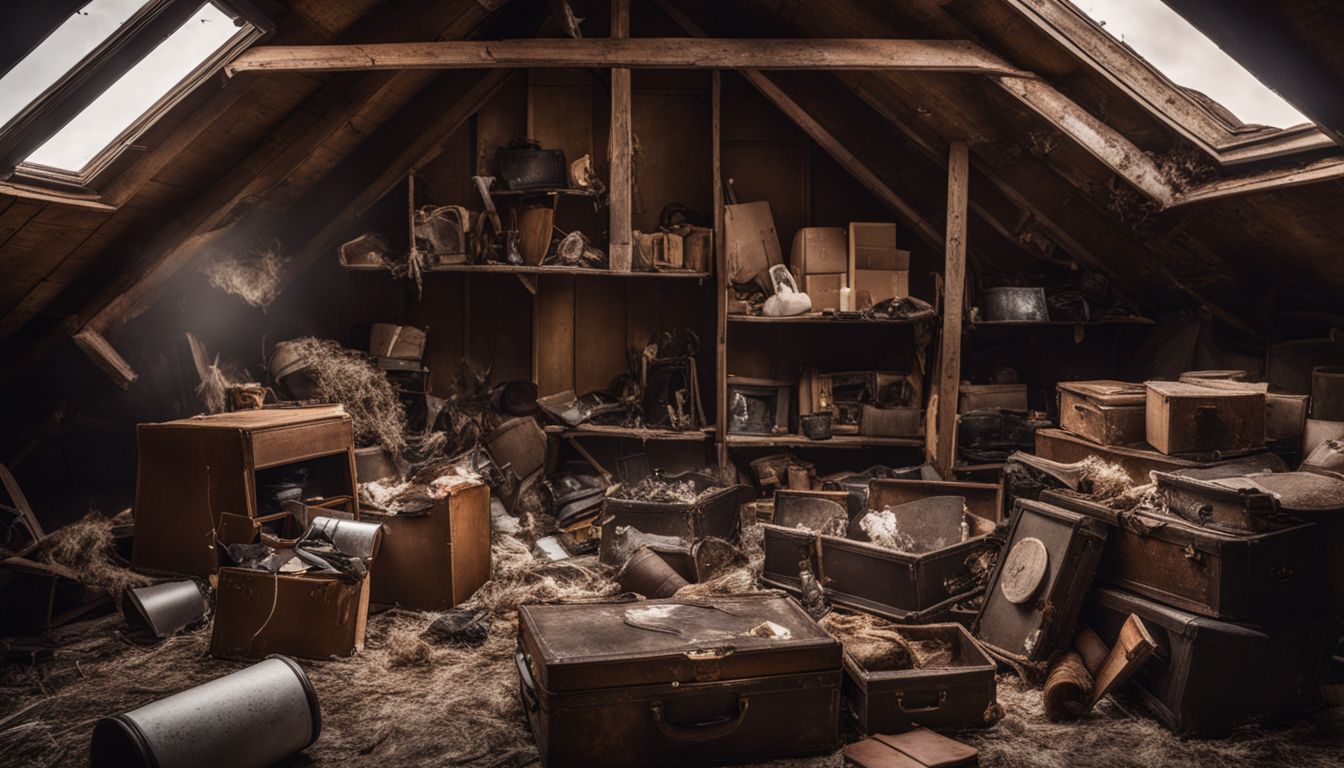
While using the attic for storage appears convenient, it can inadvertently lead to several issues. Items stored in the attic are at risk of damage from extreme temperatures and moisture, which can deteriorate their condition over time. Furthermore, such an environment is conducive to the growth of mold and mildew, potentially threatening the integrity of both your stored items and the attic space itself. It’s essential to consider these risks before deciding to use your attic as a storage area.
Risks of heat and moisture damage
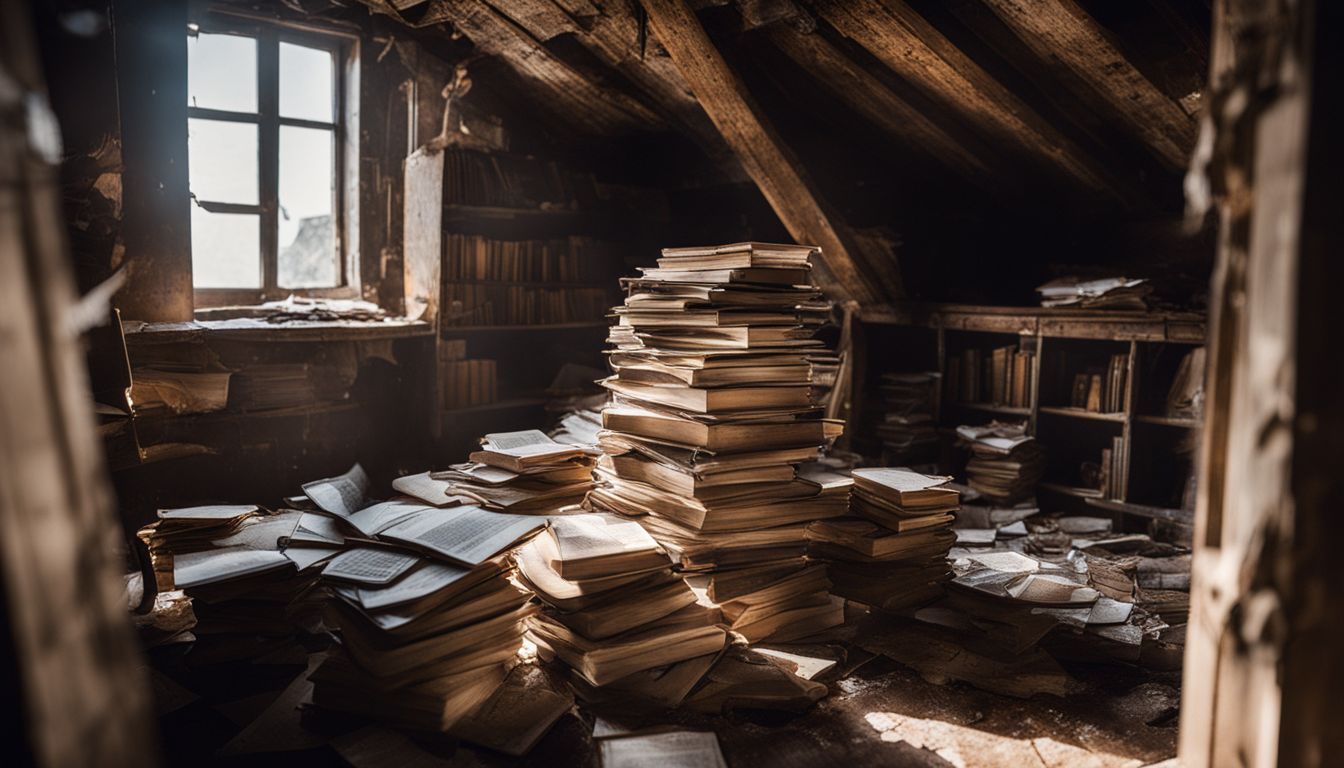
Heat and moisture can hurt your things in the attic. The heat can cause big changes in temperature. These changes can ruin your stuff. Heat and humidity harm items stored upstairs, say experts.
Things made of paper turn colors from the damage. Mildew, a type of mold, also grows on them. Bugs like roaches come to warm, damp spots like the attic, too! Keeping things in hot, wet places puts them at risk!
Potential for mold and mildew growth
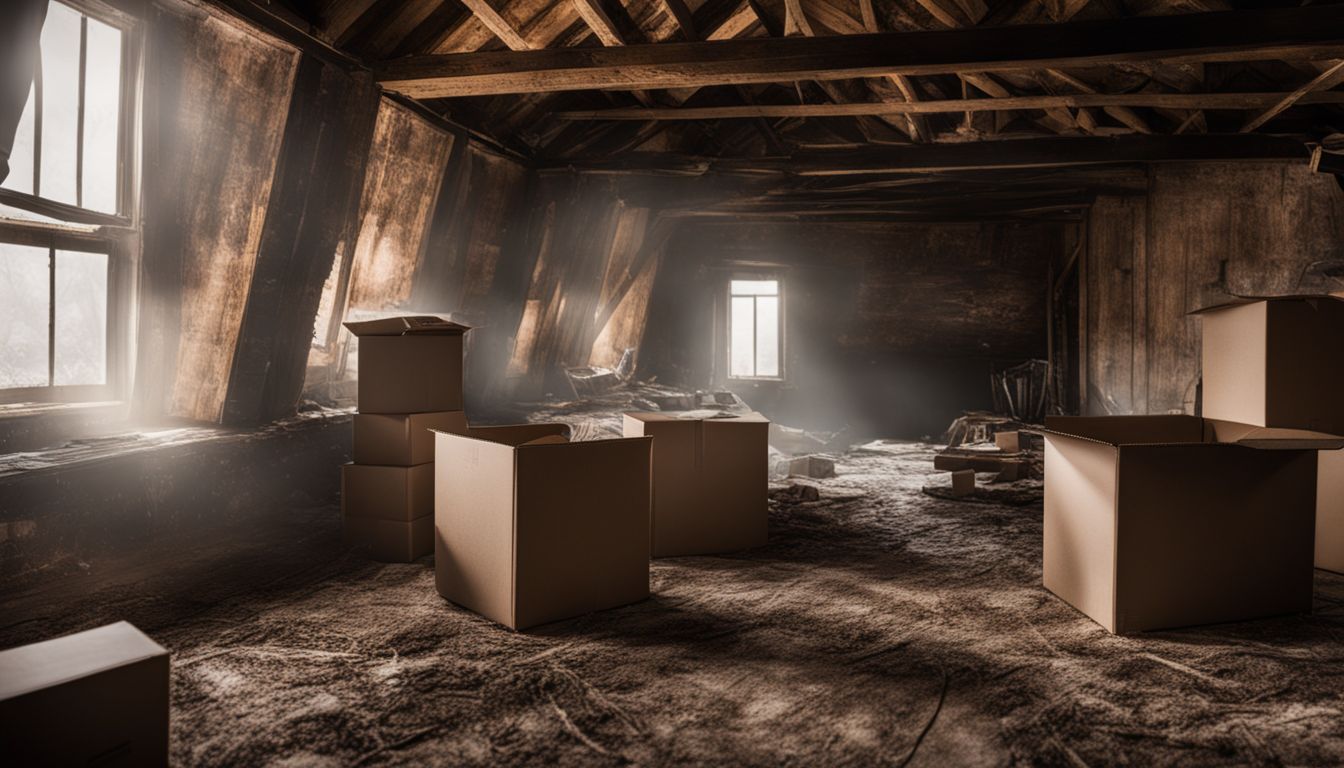
Mold and mildew can grow fast in your attic. This is because the area is usually dark and moist. It is not often visited, so mold spores find a good place to live. When dampness sits on things for too long, it makes fungus that we call mold or mildew.
Stored items in your attic can get damaged by this growth. Clothes and furniture may rot away when moisture vapor settles into fabric. Wooden items might crack or swell up due to damp heat.
Keeping some types of stuff in the attic leads to more mold and mildew growth, too! These toxic substances might harm the strong parts of your attic over time as well. Home experts say it’s best not to keep certain things there at all.
Attics are high places where condensation happens a lot, leading to lots of water around for molds to feed on, causing decay issues even faster than usual. Keeping musty objects out of here lets you dodge these risks completely.
In-depth Look at the Top 7 Items to Avoid Storing in the Attic

When it comes to attic storage, there are several items that should never be stored due to the risks of heat and moisture damage, as well as potential mold and mildew growth. Here is an in-depth look at the top 7 items you should avoid storing in the attic: books, artwork, medication, leather, clothes, photos, and wool.
Books

Keep books out of the attic! The heat and humidity can hurt them. Valuable content may be lost after time. Books, like important paper documents, are not good for attic storage. Changes in temperature can cause big damage over time.
Your favorite stories stay safe when kept on a shelf or in a cool room.
Artwork

I wouldn’t recommend storing artwork in the attic. Artwork, like paintings, sculptures, and drawings, can be easily damaged by extreme temperature fluctuations that often occur in attics.
These fluctuations can cause the paint to crack or peel, the sculptures to warp or crack, and the drawings to fade or become discolored. It’s best to find a more suitable storage space for your art pieces, such as a temperature-controlled storage unit or a closet with proper shelving.
This way, you can ensure your valuable art collections and objects are protected from potential damage.
Medication

Storing medication in the attic may not be a good idea because it can get really hot up there, especially during summer. The heat can actually affect the effectiveness of the medicine.
It’s also important to note that attics can be quite humid, and humidity can make medications less potent or even useless. So, if you want to keep your medication safe and effective, it’s best to find another place in your home to store them where the temperature is more controlled and there’s less moisture.
Leather
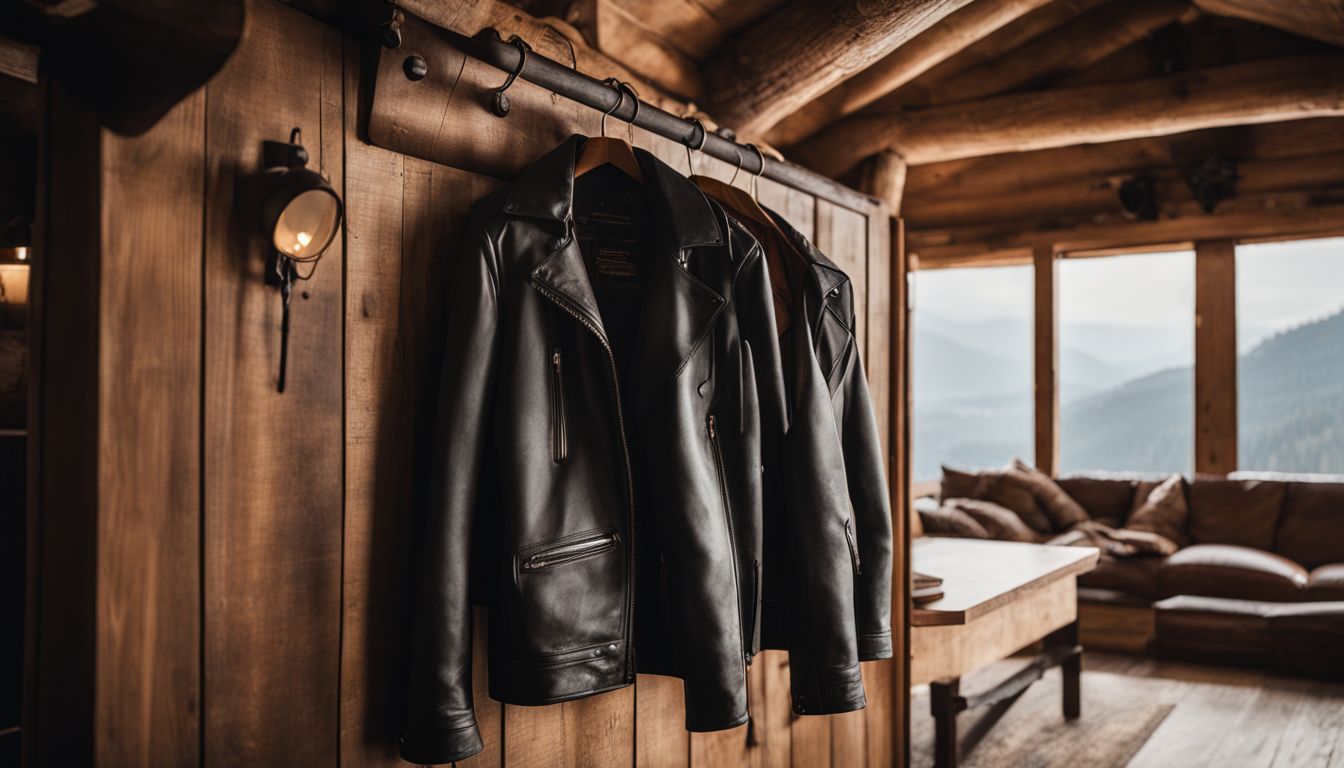
Leather should never be stored in the attic. Extreme temperatures can cause the leather to dry and crack. This applies to leather jackets, furniture, and gloves, too. Changes in temperature can damage wood and leather furniture as well.
It is important to note that mildew in the attic can leave marks on leather furniture. Also, seasonal changes in humidity can harm leather products. So, it’s best to find a safer alternative for storing your leather items instead of keeping them in the attic, where they may get damaged over time due to extreme heat or moisture.
Clothes

Storing clothes in the attic can be risky because of the changes in temperature, humidity, and the possibility of bugs. Attics are often subjected to extreme temperatures that can damage clothing fibers over time.
The fluctuating humidity levels in attics also create an environment that is prone to mold and mildew growth, which can ruin your clothes. Additionally, insects like moths and silverfish may find their way into the attic and feast on your precious garments.
To keep your clothes safe, it’s better to use vacuum-sealed storage alternatives or store them in a temperature-controlled space like a closet or shelving area inside your home.
Photos

Photos are delicate and valuable items that should be kept away from the attic. The high temperatures and humidity in attics can cause damage to photos over time. Storing photo albums in the attic is considered the worst place for them because they can deteriorate quickly.
Old photographs, especially those with sentimental value, should also be kept somewhere else to ensure their preservation. It’s important to protect photos from heat and potential damage, so finding a suitable environment outside of the attic is advised.
Wool
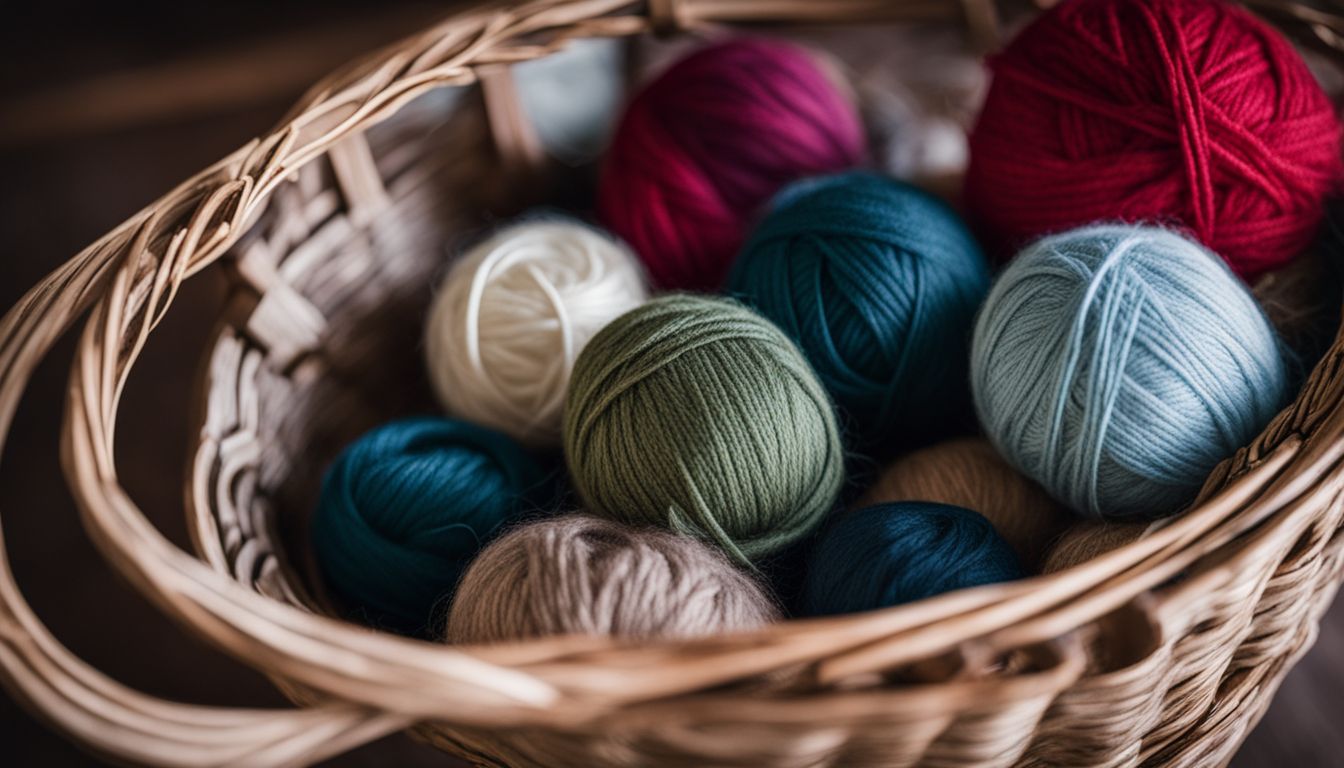
Wool is one item that you should avoid storing in your attic. Bugs and animals are attracted to wool, which can lead to some unwanted problems. Moths, in particular, can cause moth holes in your wool sweaters or blankets if they get into your attic storage.
To prevent this, it’s a good idea to wash any wool items before storing them in an airtight container. This will help keep the bugs away and preserve the quality of your wool items.
Antique wool clothing and jackets should also be kept out of the attic to ensure their preservation.
Safer Alternatives for Attic Storage
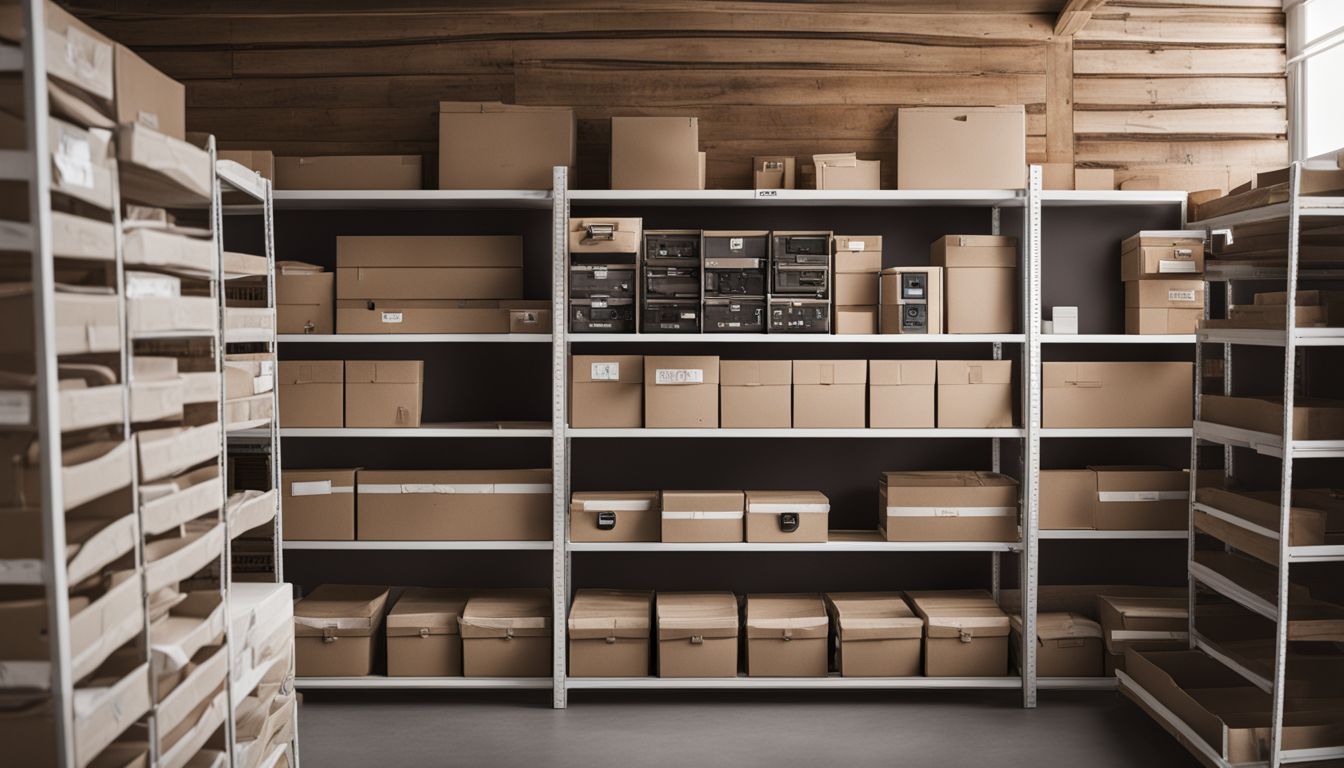
Consider temperature-controlled storage units or utilizing closet or shelving space as safer alternatives for storing your belongings. To find out more about these options and how to properly store items in the attic, continue reading.
Temperature-controlled storage units
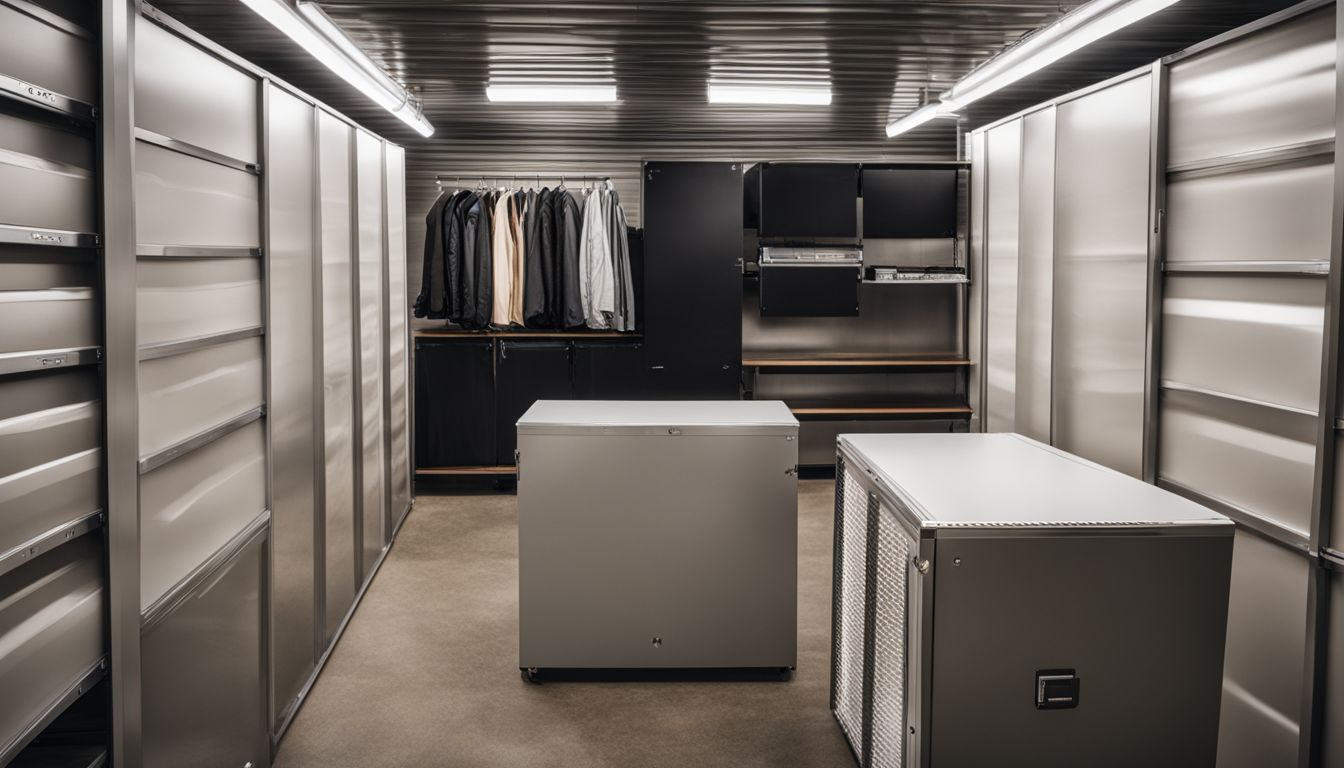
Temperature-controlled storage units are a safer alternative for attic storage. Here are some important facts about them:
- They help protect valuables from temperature fluctuations that can damage wood furniture.
- Climate-controlled storage units may be more expensive than standard storage units.
- They come in limited sizes, so it’s important to consider if they can accommodate your storage needs.
- Certain items require climate-controlled storage to prevent damage.
- Attics can be a dangerous place to store certain items, particularly those that emit fumes or are temperature-sensitive.
Closet or shelving space

In my opinion, it’s better to avoid storing certain items in the attic. But if you still need more storage space, here are some alternatives that might work for you:
- Closet or shelving space: Instead of using the attic, consider utilizing your closets or installing shelves to create additional storage options within your home. This can help keep your items easily accessible and protected from potential damage caused by heat, moisture, or pests.
How to Properly Store Items in the Attic
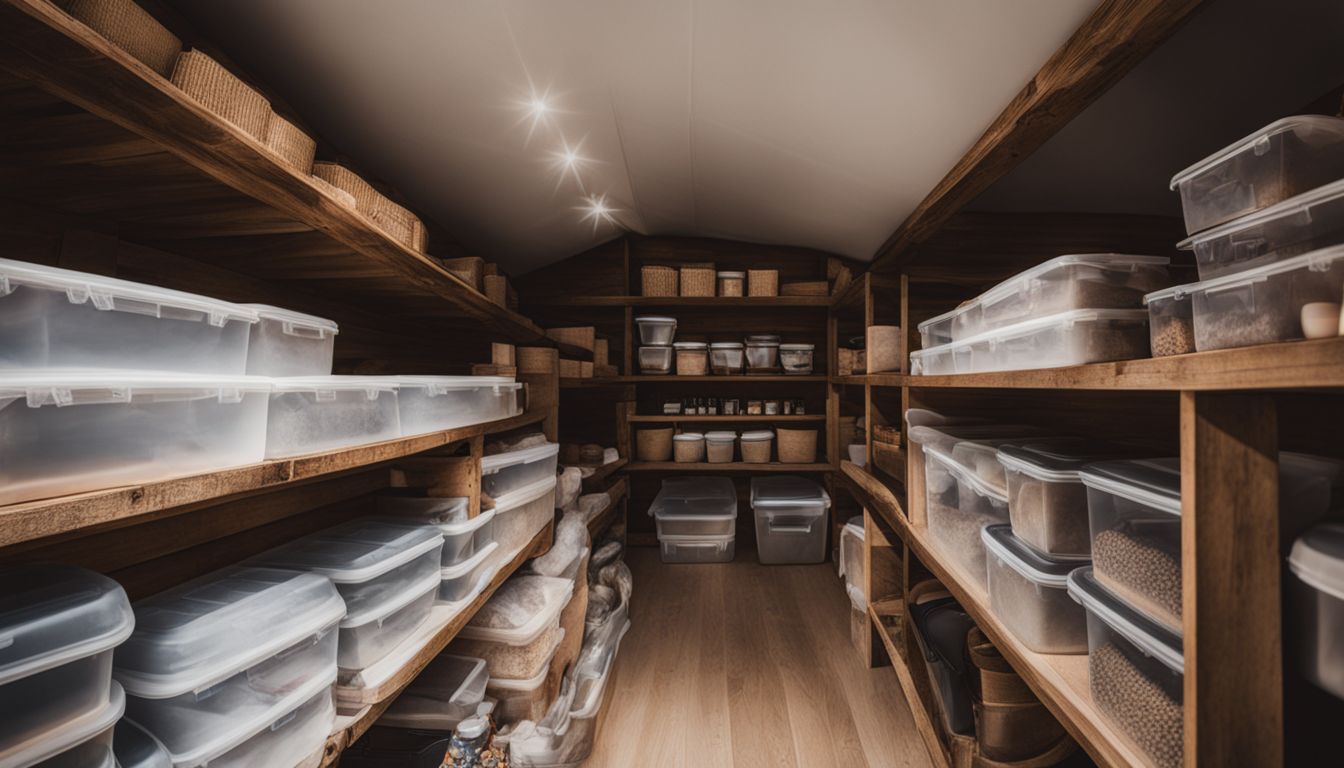
Properly storing items in the attic is essential to protect them from heat, moisture, and damage. Use airtight storage containers, avoid stacking or piling items, and keep fragile items protected.
Find out more about these crucial tips to ensure your belongings stay safe in the attic.
Use airtight storage containers
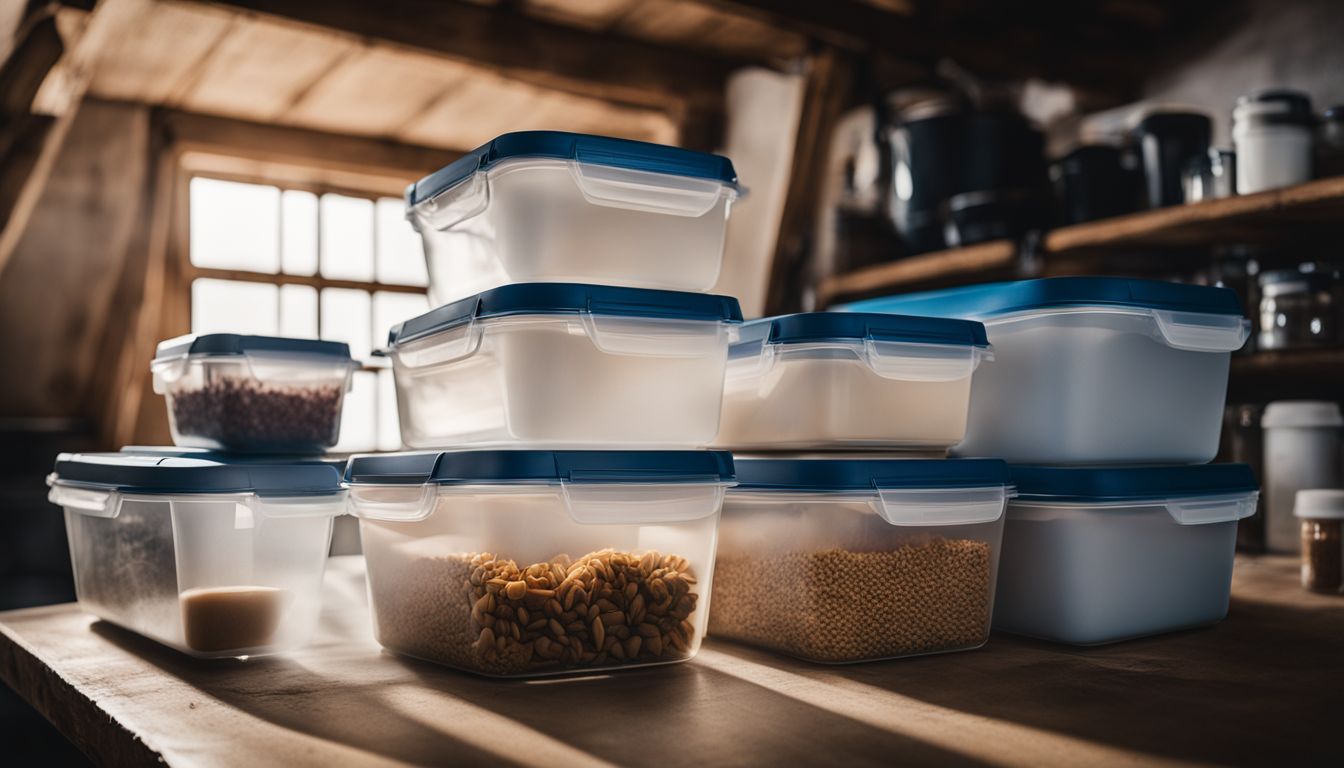
When storing items in your attic, it’s important to use airtight storage containers. Here are some reasons why:
- Airtight plastic containers with lids protect items in the attic from environmental elements.
- Expensive wool sweaters should be stored in airtight plastic containers to avoid moth holes.
- Clear plastic containers are recommended for easy visibility of contents in the attic.
- Plastic bins with airtight lids are safer than other options, like black bin bags for attic storage.
- Carpets and rugs in the attic should be stored in airtight plastic containers.
- Adequate insulation, sealing, and ventilation of the attic are crucial for safe storage using airtight containers.
Avoid stacking or piling items
To keep your items safe in the attic, it’s important to avoid stacking or piling them. Here are some reasons why:
- Extreme temperature fluctuations: Stacking or piling items can trap heat and cause damage when temperatures rise. It’s best to keep items spread out to allow for proper air circulation.
- Risk of damage: When items are stacked or piled too high, they can easily topple over and get damaged. This is especially true for fragile or delicate items that may break upon impact.
- Difficulty accessing items: If you stack or pile items in the attic, it can be challenging to access specific things when you need them. Keeping them organized and easily accessible will save you time and frustration.
- Weight distribution: Stacking heavy items on top of each other can put excessive weight on the lower ones, potentially causing them to collapse or become damaged over time.
- Uneven weight distribution: Piling too many things in one area of the attic can lead to uneven weight distribution, which can weaken the overall structure of the floor.
Keep fragile items protected
To keep fragile items protected in the attic, it’s important to follow these tips:
- Invest in storage bags or bins that offer extra protection for delicate items.
- Avoid placing fragile items directly on the attic floor, as they are more susceptible to temperature fluctuations.
- Use padding or bubble wrap to cushion and protect fragile items from potential damage.
- Store fragile items in a designated area away from heavy or large objects that could accidentally knock them over.
- Keep fragile items out of direct sunlight to prevent fading or discoloration.
- Regularly inspect and clean your storage containers to prevent dust or dirt buildup.
- Consider using climate-controlled storage solutions if you have particularly sensitive or valuable fragile items.
Conclusion
In conclusion, it’s important to be mindful of what you store in your attic. Items like books, artwork, medications, leather, clothes, photos, and wool can be easily damaged by heat and moisture.
Instead, consider safer alternatives like temperature-controlled storage units or closet space. And remember to use airtight containers and protect fragile items when storing things in the attic.
By following these tips, you can ensure the safety and preservation of your belongings.
Frequently Asked Questions
1. What are some items that should not be stored in attics?
Some items that should not be stored in attics include perishable food, flammable materials, electronics, valuable documents, and sensitive fabrics.
2. Why shouldn’t I store perishable food in the attic?
Perishable food should not be stored in the attic because it can spoil quickly due to extreme temperatures and lack of proper ventilation.
3. Can I safely store electronics in the attic?
It is not recommended to store electronics in the attic as high temperatures and humidity can damage their components and reduce their lifespan.
4. What could happen if I store valuable documents in the attic?
Storing valuable documents in the attic can expose them to moisture, pests, and temperature fluctuations, which may result in irreversible damage or deterioration.
5. Is it safe to keep sensitive fabrics such as clothes or linens in attics?
Storing sensitive fabrics like clothes or linens in attics can lead to mold growth, musty odors, discoloration, and potential damage from pests or rodents.
